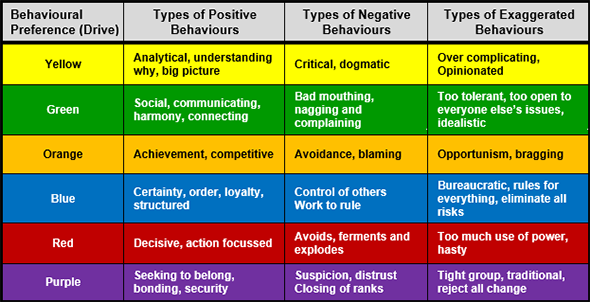
Behavioural Risk


Managing the Behavioural Risks of Leadership Teams.

There are three aspects to leadership performance and capability we have found critical to successful Leadership Teams.
Recruitment processes have traditionally focussed on skills & knowledge (assessed through CVs, interviews, reference checks, scenarios, etc.), and mental capability (assessed through interactions and exercises).
Behaviours have been the most difficult to assess or even talk about accurately, and carries many hidden risks. Virtually every major management catastrophe in the last fifteen years has behavioural pitfalls at its root.
Understanding and Differentiating between behaviours is fundamental to making sense of what goes right and wrong in leadership teams.
Having a behavioural framework that allows behaviours to be understood and discussed is the starting point. See more at
Just like the old advertisement ‘Oils ain’t oils’, behaviours aren’t behaviours. We understand behaviours can be fundamentally different (e.g. organising, planning and creating certainty v. socialising, connecting, and caring), and that the same type of behaviour can be expressed in positive ways (producing energising effective outcomes), negative ways (undermining intended outcomes), over-the-top ways (exaggerated) or simply blindness to the type of behaviour (not on the radar).

The behavioural preferences of an individual or team (including their positive, negative, exaggerated and absent presentations) are a reflection of both nurture and nature. The behavioural preferences of an individual do not change readily or rapidly, and the behavioural preferences of a team is a reflection of the members of the team. The translation of behavioural preferences into actual behaviours is influenced by the current context and historical influences, but the actual behaviours will always be recognisable as arising from the behavioural preferences.
Behavioural Risk
Behavioural risk arises from the misalignment of the actual behaviours and the behavioural requirements of the role. The misalignment can occur through unneeded positive behaviours, or through the absence of needed positive behaviours. More likely, misalignment will occur through negative or exaggerated behaviours. It can also occur when the work context inhibits the display of appropriate positive behaviours, even when the behavioural preferences are appropriate to the role.
A full assessment of behavioural risk should address the alignment of behavioural preferences with role requirements, the impacts of cognitive biases and inappropriate use of heuristics.



